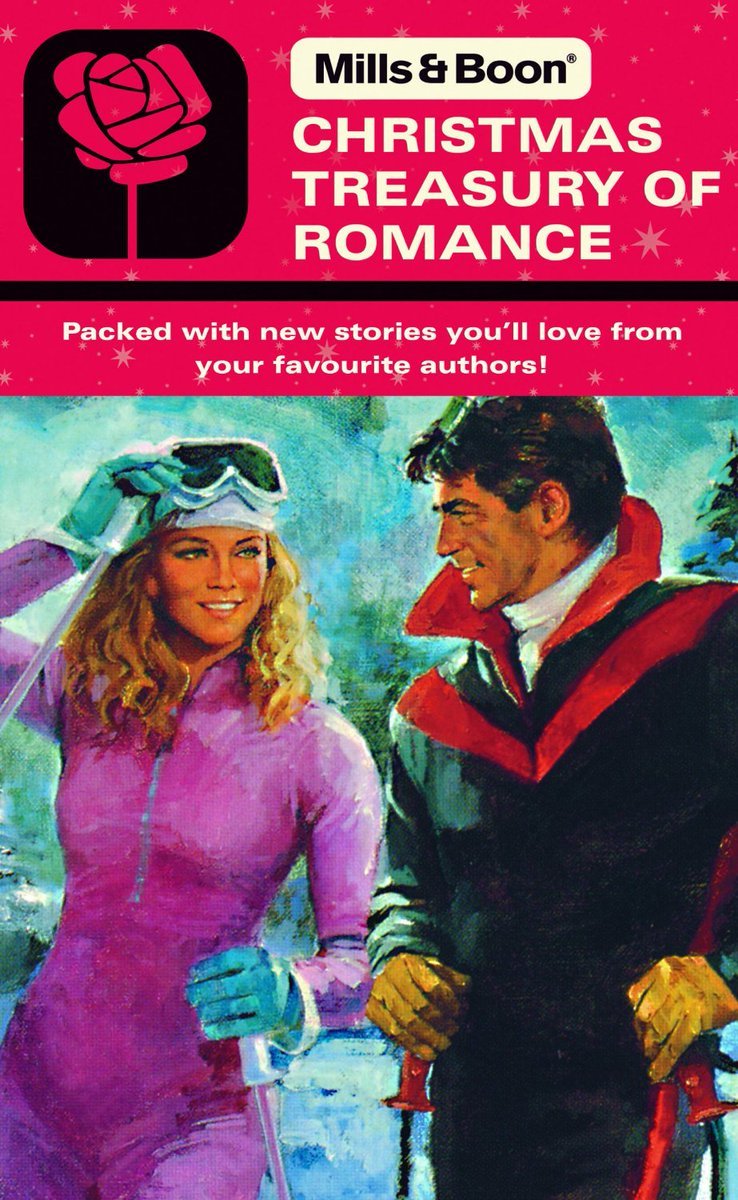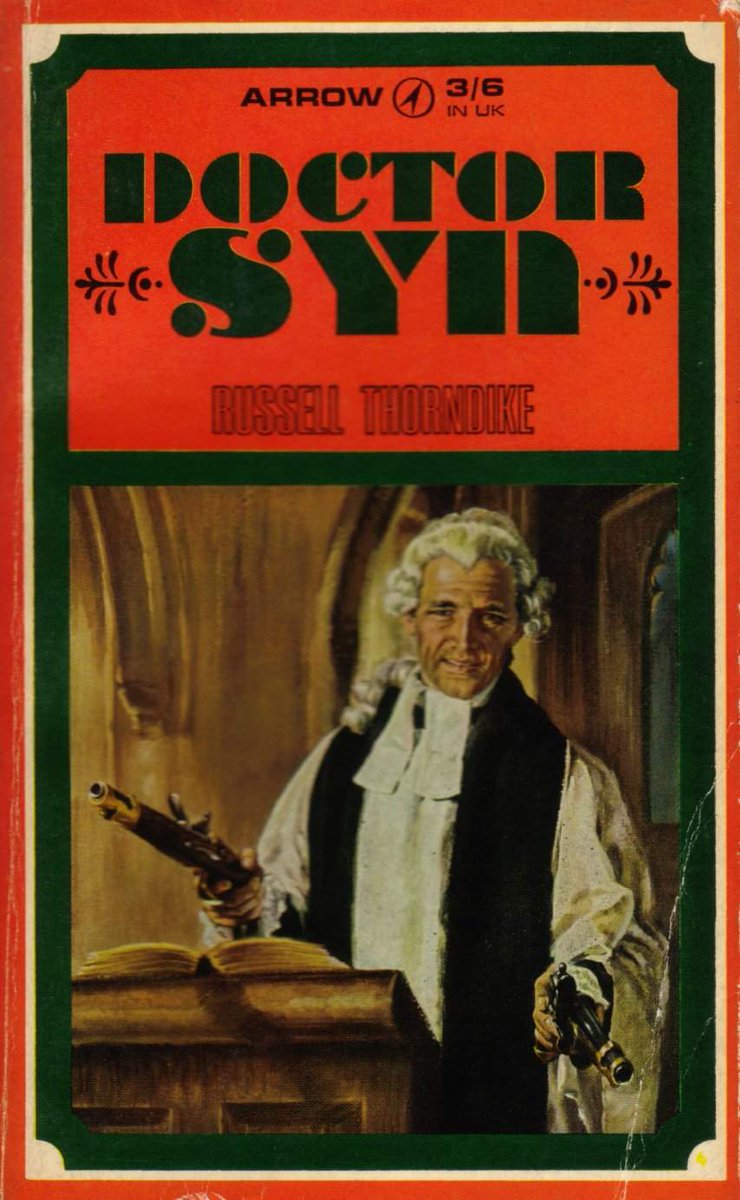Today in pulp I'm looking back at one of #Japan's greatest science fiction magazines: Hayakawa S-F! 

Esu-Efu Magajin (S-F Magazine) was first published in February 1960 by Hayakawa Shobō publishing, and has gone on to shape both Japanese SF and champion Japanese authors for many decades. 

Science fiction had been reasonably popular in Japan before the war, but it was in the mid-1950s that specialist story magazines, such as Takumi Shibano's subscription fanzine Uchūjin (Cosmic Dust) began to appear. 

Hayakawa S-F soon followed. It was a 'prozine' - a professionally produced commercial fanzine - first edited by Masami Fukushima: "The demon of SF". 

Initially it specialised in translations of western SF stories, mainly from The Magazine Fantasy and Science Fiction. However upcoming Japanese fan writers featured in Uchūjin were published in S-F Magazine, helping to create a career path for budding SF authors in Japan. 

SF Magazine also coincided with the New Wave of speculative fiction happening in Britain and America. As a result Japanese SF of the 1960s is an amazing mix of speculative fiction, hard SF, monster fiction and scientific romance, all peacefully coexisting together. 

In 1962 S-F Magazine launched its Esuefu Kontesuto, a literary contest for new science fiction short stories and novellas written in Japanese. It helped pioneer the 'First Generation' of Japanese SF writers such as Sakyo Komatsu and Ryū Mitsuse. 

In the 1970s Japanese SF took a more speculative turn, exploring inner space as much as outer space. It also began to question whether the First Generation had been too influenced by American SF ideas. 

Kôichi Yamano led the charge with a 1969 essay arguing that SF had the capacity to be avant garde, rather than simply copying the themes of Golden Age American stories. He launched his own magazine NW-SF to champion his ideas. 

With the rise of Japanese technology in the 1970s western writers began looking to Japan for SF inspiration. Cyberpunk embraced the hi-tec/low-life aesthetic, and along with growing western interest in Manga it was now Japan's turn to shape the SF novel. 

S-F Magazine is still going strong, as is the influence of the New Wave. In 2006 S-F Magazine readers voted 10 Billion Days & 100 Billion Nights by Ryu Mitsuse as their all-time favourite Japanese SF novel. It includes an awesome cyborg deathmatch between Buddha and Jesus. 

Many excellent artists have produced covers for S-F Magazine. Katsuya Terada provided this wonderful cover for the June 2013 edition. 

If you're interested in Japanese SF a good place to start is with the Speculative Japan anthologies from Kurodahan Press. They cover a range of authors and the translations are very well done. 

So here's to S-F Magazine, the kickstarter for an amazing range of science fiction books and authors from Japan. Twitter salutes you!
More stories another time...
More stories another time...

• • •
Missing some Tweet in this thread? You can try to
force a refresh






















